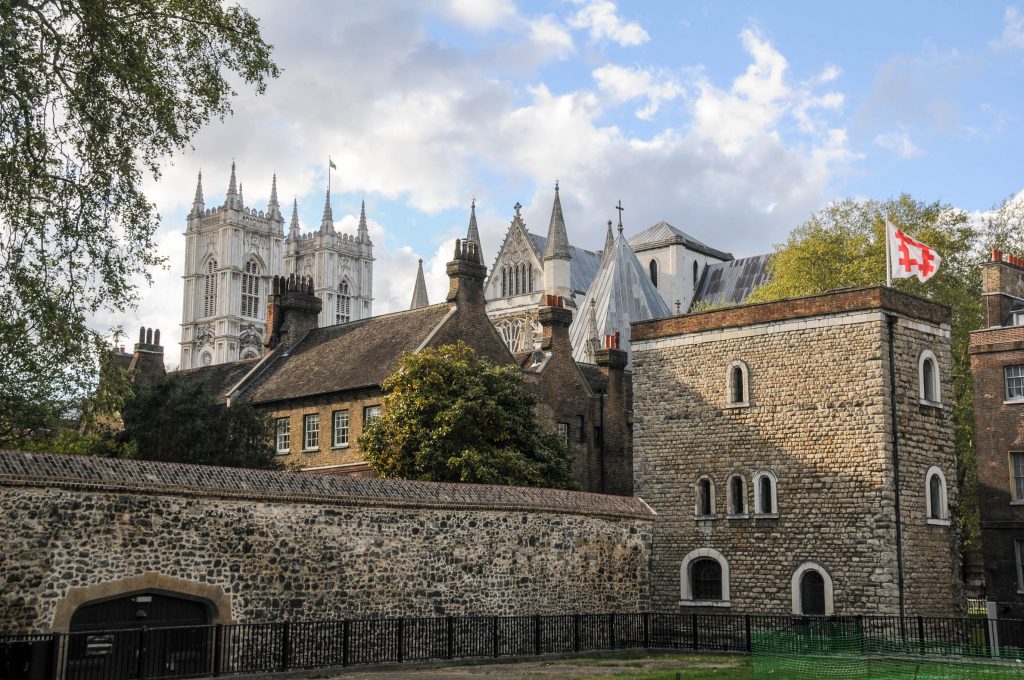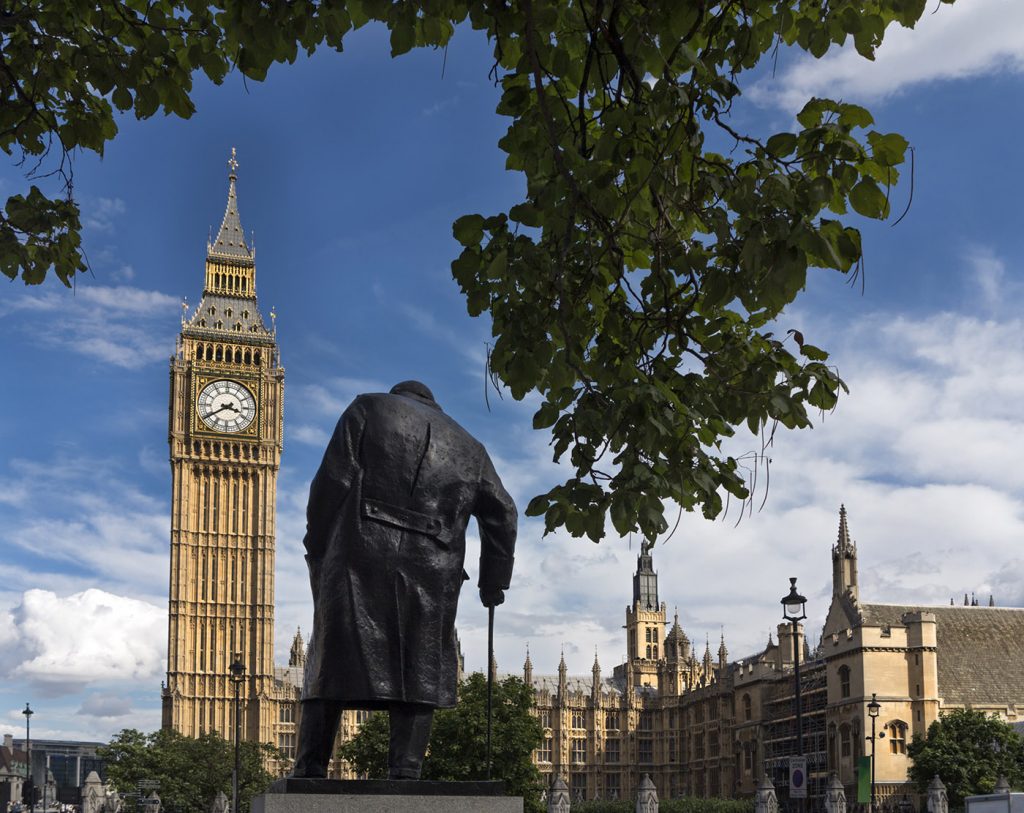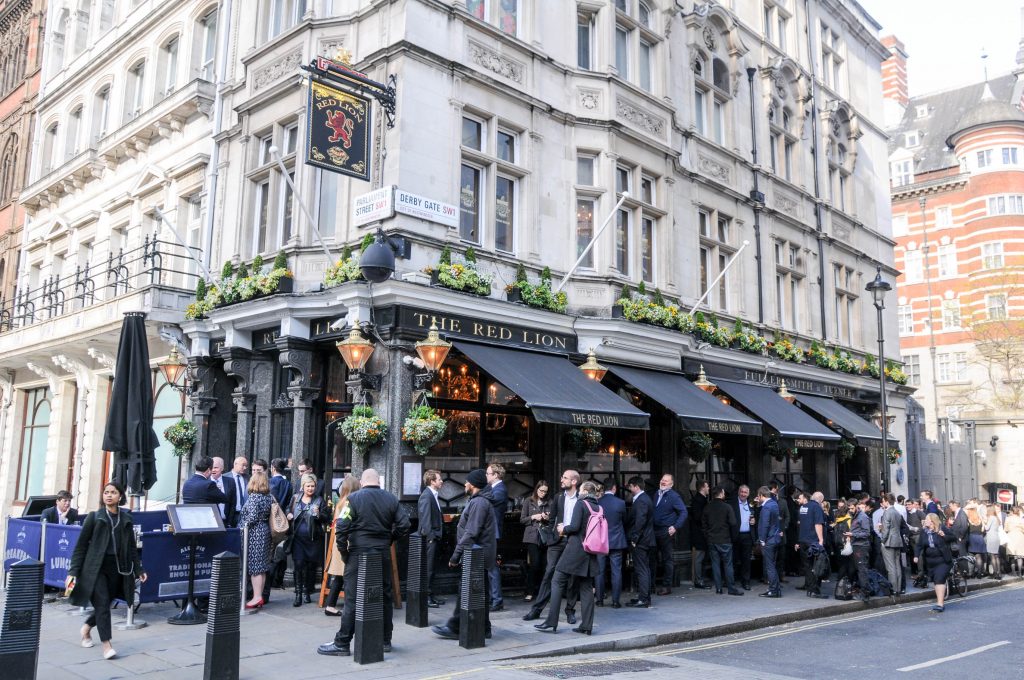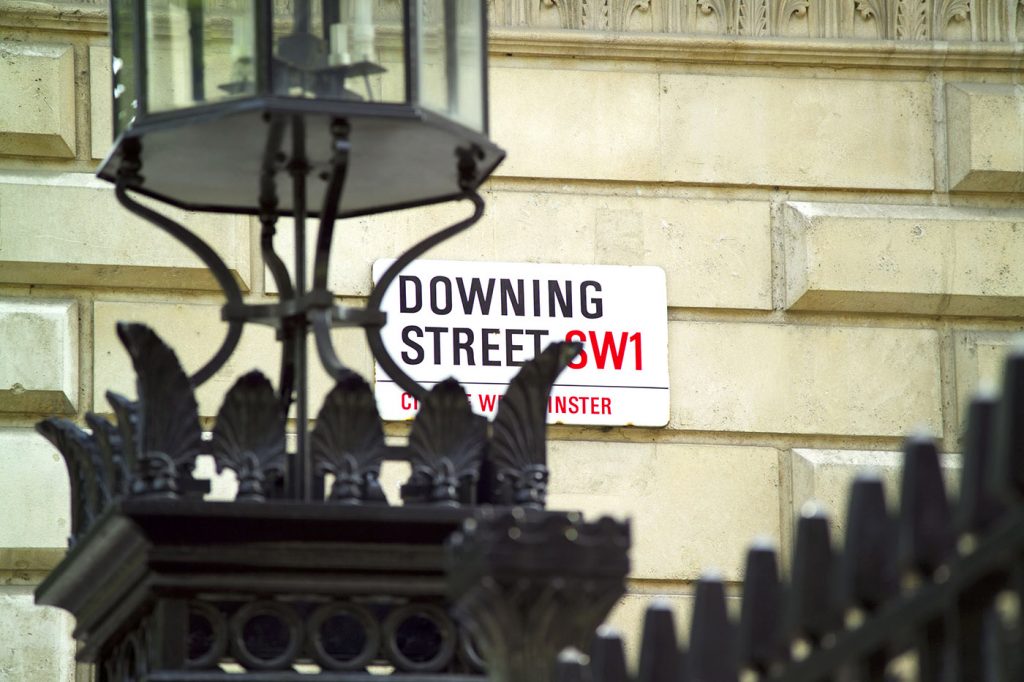The Parliament of the United Kingdom is renowned world-wide as being the ‘mother of all parliaments’. Here we take a look at some of the political landmarks in Westminster, the epicentre of political London.
The Houses of Parliament, officially the Palace of Westminster was completed in 1860 by Charles Barry and Augustus Pugin, it replaced the medieval Old Palace of Westminster. The Old Palace was given to the nation for government by King Henry VIII, but lost to a devastating fire in 1834. Victoria Tower was the largest square tower in the world when built. The Elizabeth Tower houses the world-famous Big Ben!
Next to the Palace of Westminster, in the Victoria Tower Gardens, stands a Gothic looking memorial commemorating the Emancipation of Slaves in 1834, achieved through the efforts of Wilberforce, Clarkson, Macaulay and others.

Across the street the Jewel Tower is a remaining section of the Old Palace of Westminster. It was built by King Edward III in the 1360s as a store for valuables and is overlooked by Westminster Abbey. The co-location of the Abbey and the Palace (both built in the 1040s) was deliberate by King Edward the Confessor who wished to be near the Benedictine monks, that originally settled in the marshy backwater of Westminster in the 940s.
The east ‘extension’ of Westminster Abbey was completed in 1516 by King Henry VII. Called the Henry VII Chapel (or Lady Chapel) it is the resting place of the King and his wife, Elizabeth of York. The area outside (by the statue of King George V) is frequently used for political demonstrations owing to its position facing both chambers of the Houses of Parliament.
Westminster Hall (centre) was originally built in 1097 by King William II. King Richard II rebuilt it in 1397 with the addition of a striking oak hammer-beam roof that still survive today. It was in Westminster Hall that the English Parliament first sat in 1265. It was composed of the King’s Council (barons and bishops; the Lords) and representatives from the towns and shires; the Commons. The Commons separated from the Lords in 1352 and remained in the Chapter House in Westminster Abbey, until both Houses co-located again in the Houses of Parliament in 1547. The Commons settled in St Stephen’s Chapel (which is why, in the House of Commons, our political parties face each other).

A Statue of Sir Winston Churchill stands in Parliament Square. The square was created in the 1860s by Charles Barry. It replaced the low-grade medieval housing previously on the site. Today, the square is home to statuses of famous British and foreign politicians
Close-by is the is HM Treasury building beneath which are the war rooms of HM Government; used during the early years of the Second World War. (There are many fascinating sights in The Churchill War Rooms; including the Cabinet room, Map room, transatlantic telephone room and Churchill’s private quarters)

A favourite watering hole of MPs and civil servants in Westminster is the Red Lion pub on Parliament Street (One of many pubs in London going by the name; owing to the Scottish King James VI who also became King James I of England in 1603 and thus ordering that the heraldic Red Lion of Scotland be displayed on all buildings).

Possibly the third most well-known address in London is 10 Downing Street. The property was given to King George II in 1732 by the Downing family, it was offered as a residence to Sir Robert Walpole, who accepted it on the basis it would be offered as a ‘residence in office’ to all subsequent ‘Prime Ministers’. Sir Robert was Britain’s first Prime Minster, although his official title was First Lord of the Treasury – as the plaque reads on the door today. (The first statutory reference to the role of ‘Prime Minister’ was not until 1917)
The often overlooked Banqueting House on Whitehall is the only remaining part of Whitehall Palace; that burned down entirely in 1698. It was from the first floor window (left) that King Charles I stepped onto the scaffold and was executed for treason against the people of England in 1649. From 1649 to 1660 England was a Republic, until the Restoration of the Monarchy under King Charles II in 1660. From 1660, enforced by the Bill of Rights in 1689, our British style of Constitutional Monarchy started to take its current form.
See all these places and more and learn the fascinating history of our country’s politics on our popular Political London tour.
Post By Callum, British Tours Tour Guide
